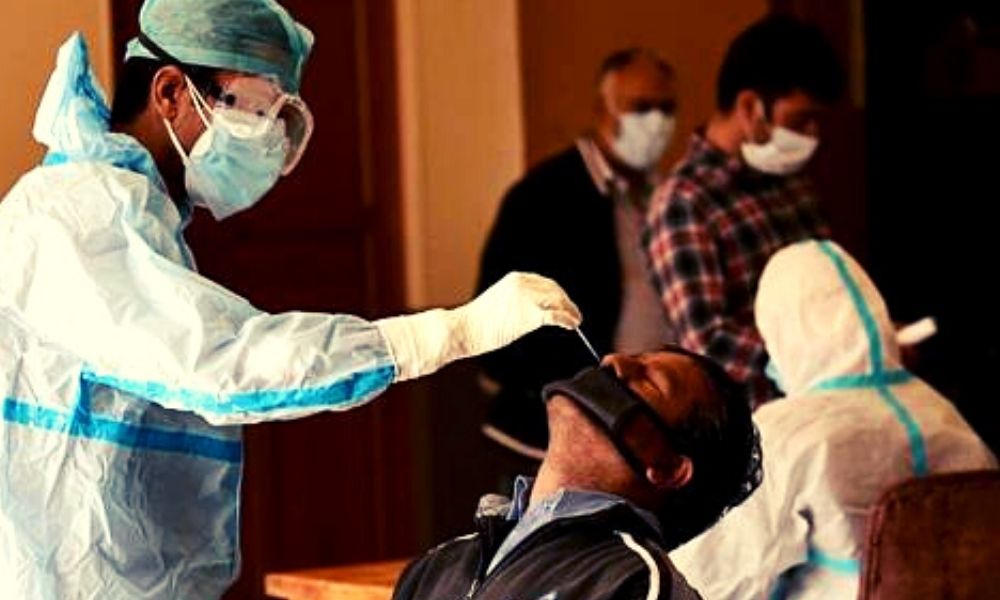
Image Credit: Hindustan Times
COVID Brings Tsunami Of Problems For Himalayan Villages
Writer: Prattusa Mallik
A student of Journalism and Audio-Visual Communication, interested in words and silences alike, I aim to bring the narratives of the periphery to the centre, one story at a time. When not working, I'm usually caught reading, thinking, writing, watching Friends, or stargazing.
Uttarakhand, 16 Jun 2021 3:39 PM GMT
Editor : Madhusree Goswami |
A mountain girl trying to make it big in the city. She loves to travel and explore and hence keen on doing on-ground stories. Giving the crux of the matter through her editing skills is her way to pay back the journalism its due credit.
Creatives : Prattusa Mallik
A student of Journalism and Audio-Visual Communication, interested in words and silences alike, I aim to bring the narratives of the periphery to the centre, one story at a time. When not working, I'm usually caught reading, thinking, writing, watching Friends, or stargazing.
With a trip to the nearest hospital involving having to cross a river on foot and an uphill trek for at least 9 miles, villagers are left to fend for themselves.
India's remotest regions, especially in the Himalayas, are experiences the worsening impact of COVID, thanks to the lack of medical infrastructure.
A report by The Guardian highlighted the story of one such individual affected by it. Phalguni Devi (51) was suffering from fever after getting the first dose of vaccination but could not get any medical support due to a lack of medical professionals.
Remote Villages
However, the lack of medical facilities is not the only problem. Most of these villages are so cut off that even accurate information about the pandemic does not reach here. For instance, Devi's village Pagna is 12 miles from the main highway to Badrinath. It has no proper roads and there are only two healthcare centres for all the 10 villages in the entire valley.
The nearest hospital from Pagna is 24 miles away in a town named Gopeshwar. To get there, one needs to cross a river on foot and then walk up to the facility at least nine miles.
In the past five weeks, approximately more than 80 per cent of the valley's residents have experienced fever-like symptoms. When the infection rate was at its peak in early May, a local activist named Prem Singh has asked the Chief Medical Officer of Gopeshwar to send a testing team. However, it was only weeks later that the first team arrived, even then, with just rapid antigen kits. Thus, now the locals try to help themselves.
What Do Locals Have To Say?
District authorities acknowledge the frustration on the part of the villagers. However, they say that they are doing their best with the limited number of resources. For example, Gopeshwar hospitals have only six intensive care and 100 general beds. Also, they are short-staffed.
Dr Mahendra Singh Khati, Chief Medical Officer, said, "We have been swamped, but despite that, we ensured mobile testing teams in all the district sub-divisions."
In February, the then Chief Minister of Uttarakhand Trivendra Singh Rawat visited the valley. At the time, he had announced several development projects for the area. These projects were for the construction of better roads and the creation of a primary health care centre. However, none of them have taken off, letting the villagers fend for themselves.
Last week, ANI reported that Uttarakhand had the highest mortality rate (2 per cent) among all the Himalayan states in India.
Also read: Amid Pandemic, Centre Simplifies Registration Process For MSMEs
 All section
All section














